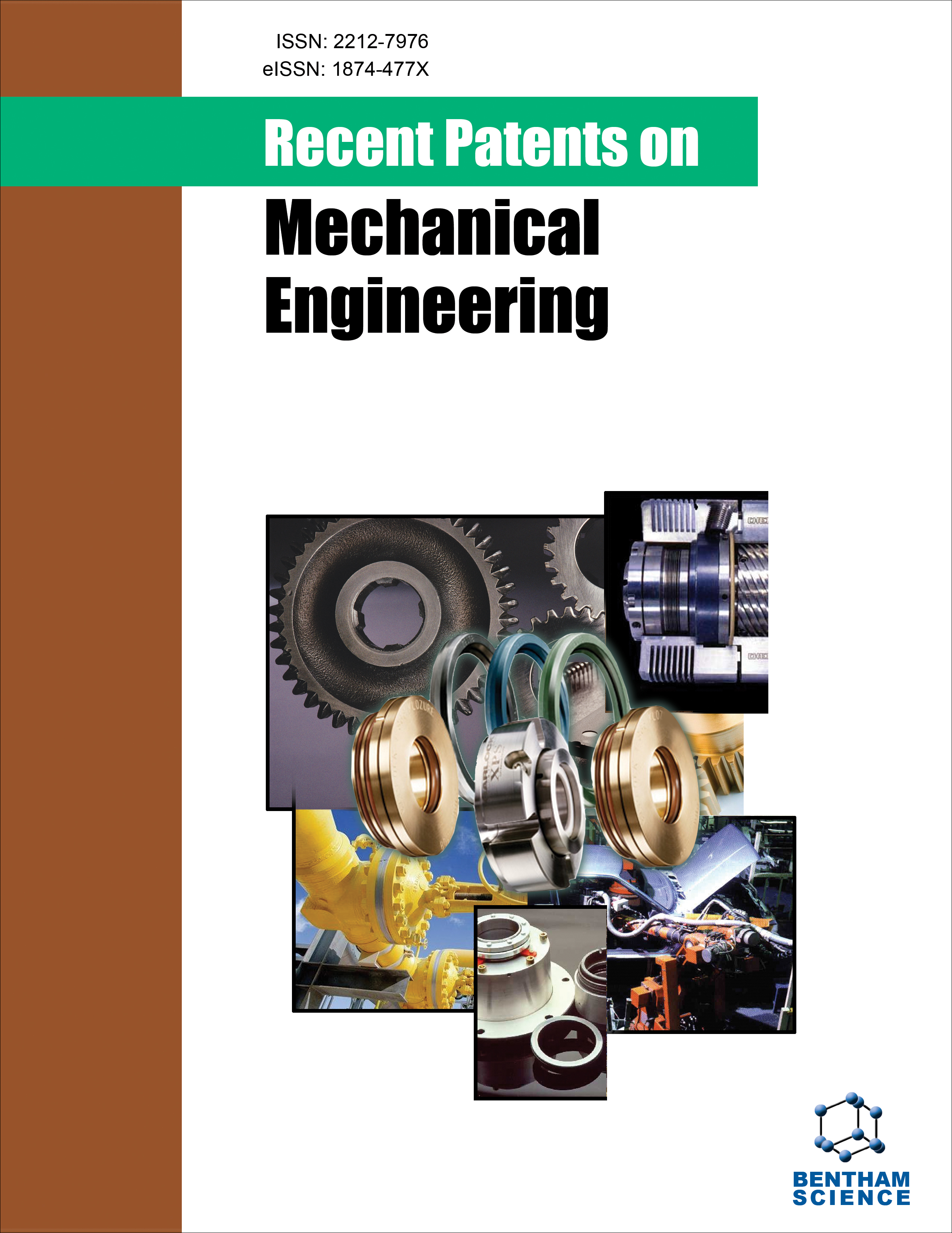
Full text loading...
We use cookies to track usage and preferences.I Understand

Research on alternative fuels for internal combustion engines is crucial due to climate change and energy security concerns. Ethanol-blended gasoline has been a popular alternative fuel, but biomass limitations restrict its widespread use. Methanol offers a solution as it can be produced from non-food sources, extending ethanol's availability.
This study explores a ternary fuel blend consisting of gasoline, ethanol, and methanol as an alternative to binary gasoline-ethanol blend. The objective is to investigate if the iso-stoichiometric ternary blend offers equivalent fuel properties to E50 (Ethanol 50%, Gasoline 50% (v/v)) gasohol while potentially enhancing engine performance, reducing emissions, and improving combustion characteristics.
A single-cylinder, four-stroke, port fuel injection spark ignition engine was used. The engine was tested with three fuels: pure gasoline, E50 blend, and an equivalent iso-stoichiometric GEM blends. Engine tests were conducted at constant load with varying engine speeds. Performance, emission, and combustion parameters were experimentally measured and compared across all fuels.
E50 and its equivalent blends improved brake thermal efficiency but increased brake specific fuel consumption compared to gasoline. It significantly reduced unburned hydrocarbon and carbon monoxide emissions but slightly increased nitrogen oxide emissions.
Formulated E50 equivalent blends have identical air to fuel ratio, lower heating values as conventional binary E50 gasoline-ethanol blends. The study suggests that iso-stoichiometric GEM blends have the potential to be a viable alternative drop-in fuel for E50 in internal combustion engines. The future advancements in GEM blends, particularly in optimizing ratios, could lead to patentable inventions.

Article metrics loading...

Full text loading...
References


Data & Media loading...